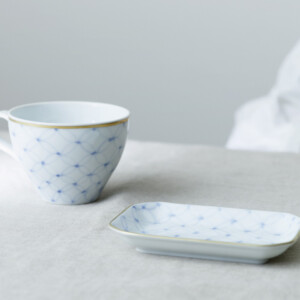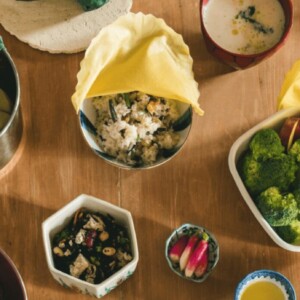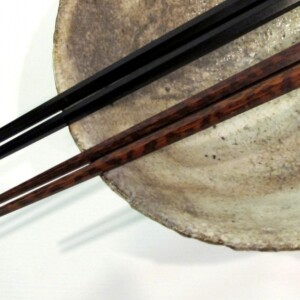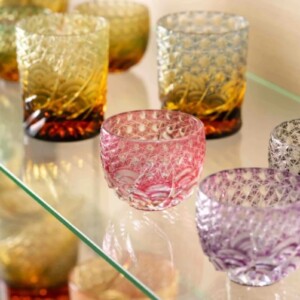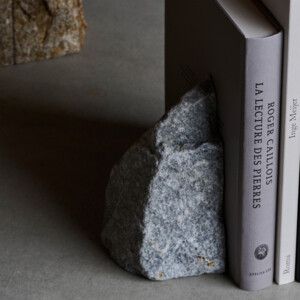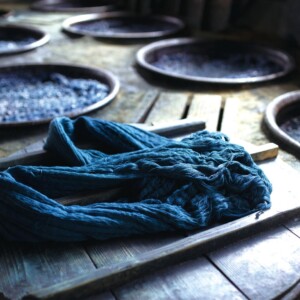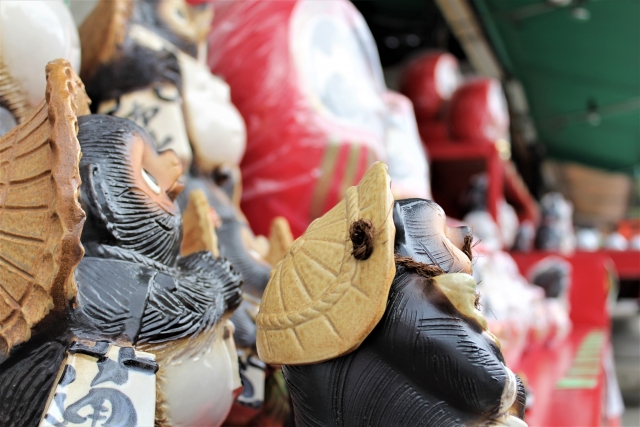
What is the appeal of Shigaraki ware? Features and history are explained in detail!
Many people may think of Shigaraki ware as tanuki (raccoon dog) figurines.
In fact, Shigaraki is a pottery with a long history and its appeal is wide-ranging.In this issue, we will explain the charms of Shigaraki ware in detail, taking its characteristics and history into consideration.
Characteristics of Shigaraki ware
Shigaraki ware is a ceramic ware known as the pottery of Shigaraki Town, Koka City, Shiga Prefecture.
Lake Biwa is located in the neighborhood of Shigaraki Town, and the clay is sticky because it contains substances weathered from granite and rhyolite.Another characteristic of the clay from Shigaraki is that it has excellent fire resistance.
It can be said that Shigaraki ware, which makes use of the bounty of the earth and is fired without glaze, was born thanks to this blessed land.In recent years, colored glazes have been used in some cases, but the simple characteristics of Shigaraki ware are still preserved.
Relationship between Shigaraki ware and tanuki
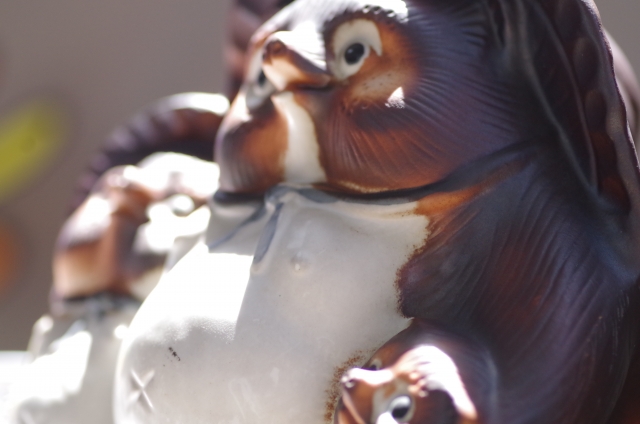
One of the reasons Shigaraki ware has become a national specialty is the “tanuki” ornament.Since the word “tanuki” can also be read as “pull out” from “other (ta),” it has long been regarded as a lucky charm that leads to prosperous business.
In addition, each part of a Shigaraki ware tanuki has a meaning of “Hassou Engi” (eight phases of good luck).For example, the big belly means “fat stomach” with both calmness and boldness, and the tokuri (a small sake cup) held by the tanuki means that the tanuki will never be short of food or drink.
In 1951, when the then Emperor of Japan visited Shigaraki, the Shigaraki-ware tanuki was welcomed by the Emperor with a Japanese flag, which made the tanuki very happy, and it became well known throughout the country.
Since then, Shigaraki ware has come to be known throughout Japan as “Shigaraki ware = tanuki figurines.
The motif of the morning drama series “Scarlet
Shigaraki ware was also featured in the NHK morning drama series “Scarlet.
The motif was a female potter who was involved in the revival of the traditional Shigaraki pottery that was being lost.The title “scarlet” is derived from the scarlet color that develops during the firing process of Shigaraki ware.
History of Shigaraki ware
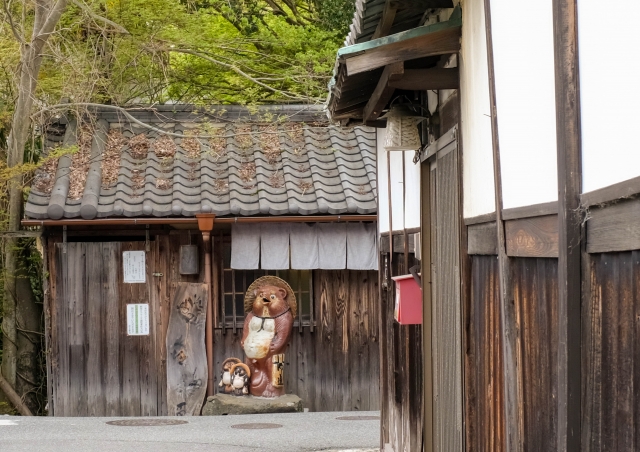
Shigaraki ware is one of the six oldest kilns in Japan.
The Six Old Kilns of Japan are Shigaraki, Bizen, Tanba, Echizen, Seto, and Tokoname, all of which were born between the Heian and Kamakura periods in the Middle Ages.The history of Shigaraki ware will be explained next.
Kamakura Period
Shigaraki ware is said to have been born in the Kamakura period of the 13th century.In the beginning, it was strongly influenced by the techniques of Tokoname ware, which is also one of the six oldest kilns in Japan.
It is said that Shigaraki ware was so similar to Tokoname ware that it was indistinguishable, but in the 14th century, a unique style emerged.
At that time, Shigaraki ware was mainly used by farmers, and products closely related to daily life such as “jars” and “pots” were made.
Azuchi-Momoyama Period
Shigaraki ware has been blessed with a strong, sticky clay since its birth, and even at that time it was characterized by a simple texture that made the most of the clay’s materials.
During the Azuchi-Momoyama period, when wabicha (tea ceremony) became popular, Shigaraki ware became popular among tea masters because of its similarity to the spirit of chanoyu (tea ceremony).
In addition, since the major cities of the time such as Kyoto, Sakai, and Nara were located near Shigaraki, Shigaraki ware became popular among the townspeople as well, and Shigaraki became known as one of the leading potteries in Japan.
Edo Period
With the advent of the climbing kiln in the Edo period, Shigaraki ware could be mass-produced.
In addition, although Shigaraki ware was characterized by its unglazed production, glazes were also used to meet the needs of the whole country from this time onward.
In addition to tea pots, which were the mainstay of Shigaraki ware at that time, the production of miscellaneous daily utensils also began in earnest, and Shigaraki ware permeated the daily lives of the common people as an indispensable pottery.
Showa Period to Present
As mentioned in the previous chapter, Shigaraki ware became a national specialty during the Showa period (1926-1989) with its “tanuki (raccoon dog) figurines,” and in fact, terra cotta tiles made of Shigaraki ware are also used in the National Diet Building.
Terra cotta means “baked clay” in Italian and refers to unglazed pottery.
The Diet Building was constructed in 1936, before the tanuki figurines became widespread. The building is decorated with various stone materials collected from all over Japan, but the Shigaraki terra-cotta ware occupies a prominent position among them.
About 4,000 pieces of Shigaraki ware are applied to the roof of the central tower, allowing visitors to see the bravery of Shigaraki ware at a glance. In addition, Shigaraki ware tiles were also used in the Tower of the Sun built for the Osaka World Exposition.
In this way, Shigaraki ware is a pottery that has permeated our daily lives, undergoing various changes in accordance with the times.
Today, Shigaraki ware is also used for baths in lodging facilities and hand-washing bowls in restaurants, and is well-loved as interior and exterior decoration.
Charm of Shigaraki ware
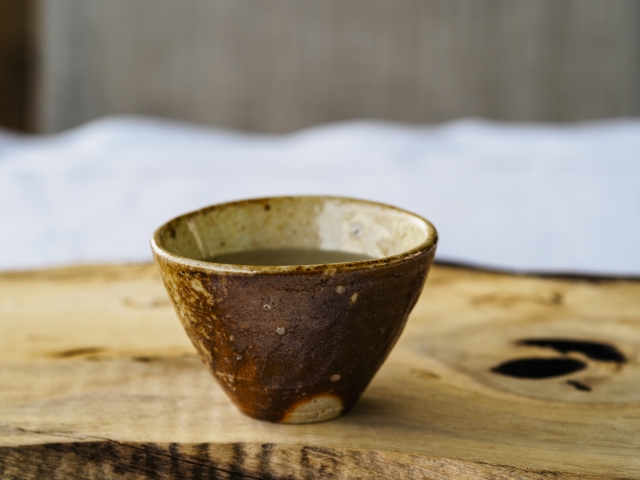
When the characteristics and history of Shigaraki ware are taken into account, various charms can be seen.The following is an explanation of the charms of Shigaraki ware.
A rustic texture that reminds us of the earth
A major characteristic of Shigaraki ware is its texture, which makes use of the high quality soil that is the treasure of Shigaraki Town.The rustic texture, which allows us to feel the rich natural power of the earth as it is, gives us a unique sense of warmth.
Material suitable for making large objects
The clay used for Shigaraki ware is also suitable for making large objects such as tanuki figurines.For this reason, it has long been used to make pottery useful in daily life, such as jars, pots, and platters.
Ease of Craftsmanship
Shigaraki clay is characterized by its high viscosity, which makes it easy to work with.Although Shigaraki ware has an image of being used for large items, it is actually used for items that require delicate designs, such as new Buddhist ritual utensils and tea sets, because of its ease of craftsmanship.
In other words, Shigaraki ware is a capable pottery that can be transformed into any size, which is one of the reasons why it is still widely used today.
A Variety of Colors
One of the characteristics of Shigaraki ware is the variety of colors produced during the firing process.Most Shigaraki ware is fired at high temperatures without glaze.The texture of each piece varies depending on the position of the piece and the amount of ash that falls on the surface.
For example, if the clay contains iron, it turns reddish brown when it participates in the firing process.This coloration is called “fire color” or “scarlet” in Shigaraki ware.The parts of the piece that are not exposed to the flame remain white, and the proportion of the scarlet color varies widely, making Shigaraki ware attractive in its natural variations.
In addition to scarlet, other characteristics of Shigaraki ware include “natural glaze,” in which alkali and lime, which are components of ash, cause a chemical reaction and become glassy, and “hail,” in which feldspar contained in the soil of Shigaraki Town melts during firing and forms glass particles.
Shigaraki Pottery
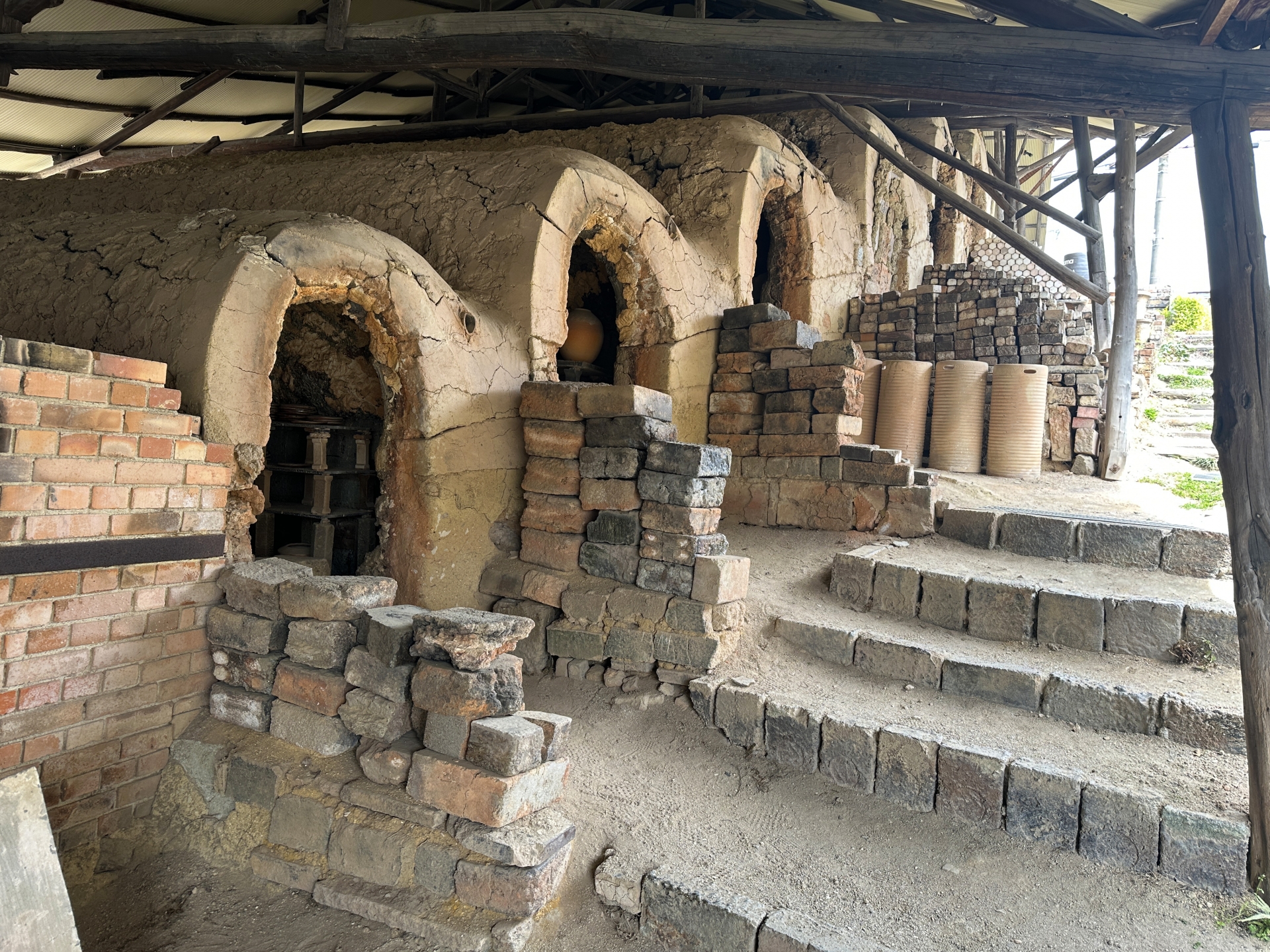
In Shigaraki Town, there are several climbing kilns that make good use of the slope of the mountain.Many of them are no longer in use, but there are some kilns that are still in use and producing Shigaraki ware.Two of these kilns are introduced below.
Shigezo Kiln
Shigezo Kiln is one of the few Shigaraki potteries that have inherited the technique of using a large potter’s wheel to make pottery.One of their representative works is a suikinkutsu, which is a water cave where visitors can enjoy the sound of water.
Shigezangama’s suikinkutsu, which can be expressed only with natural materials, echoes soft tones in a space.
So Toen
So-To-En is one of the largest climbing kilns in Japan.It is equipped with a total of 11 rooms and can fire as many as 15,000 pieces in a single firing.
The one-of-a-kind works of art created by the earth and flames of Mother Nature have captured the hearts of pottery lovers.It is also known as a location for the morning drama series “Scarlett,” which can be visited by advance reservation.
Reference: Shigaraki Pottery “Sotouen
Summary
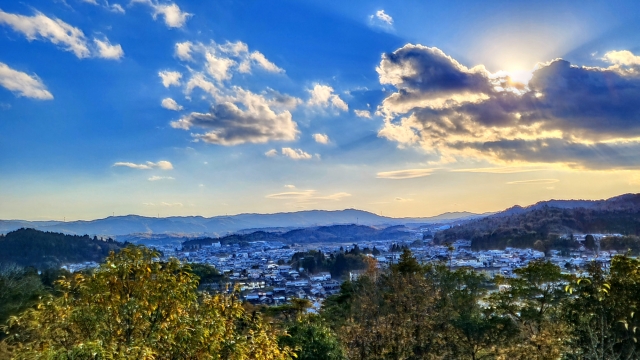
In this issue, we have explained Shigaraki ware, a famous pottery known to all.Shigaraki ware is produced in Shigaraki Town, Koka City, Shiga Prefecture, and has been used for such items as the highly recognized “Tanuki (Japanese raccoon dog) figurine,” the National Diet Building, and the Tower of the Sun.
The town has also produced many miscellaneous goods that have long been loved by tea masters and townspeople and are indispensable to their daily lives.Although the mainstream production method has been to use no glaze to preserve the texture of the earth, in recent years, glazed products have been increasing while maintaining the rustic texture of the earth.
Many up-and-coming artists can be found here, so why not try Shigaraki ware for yourself?



